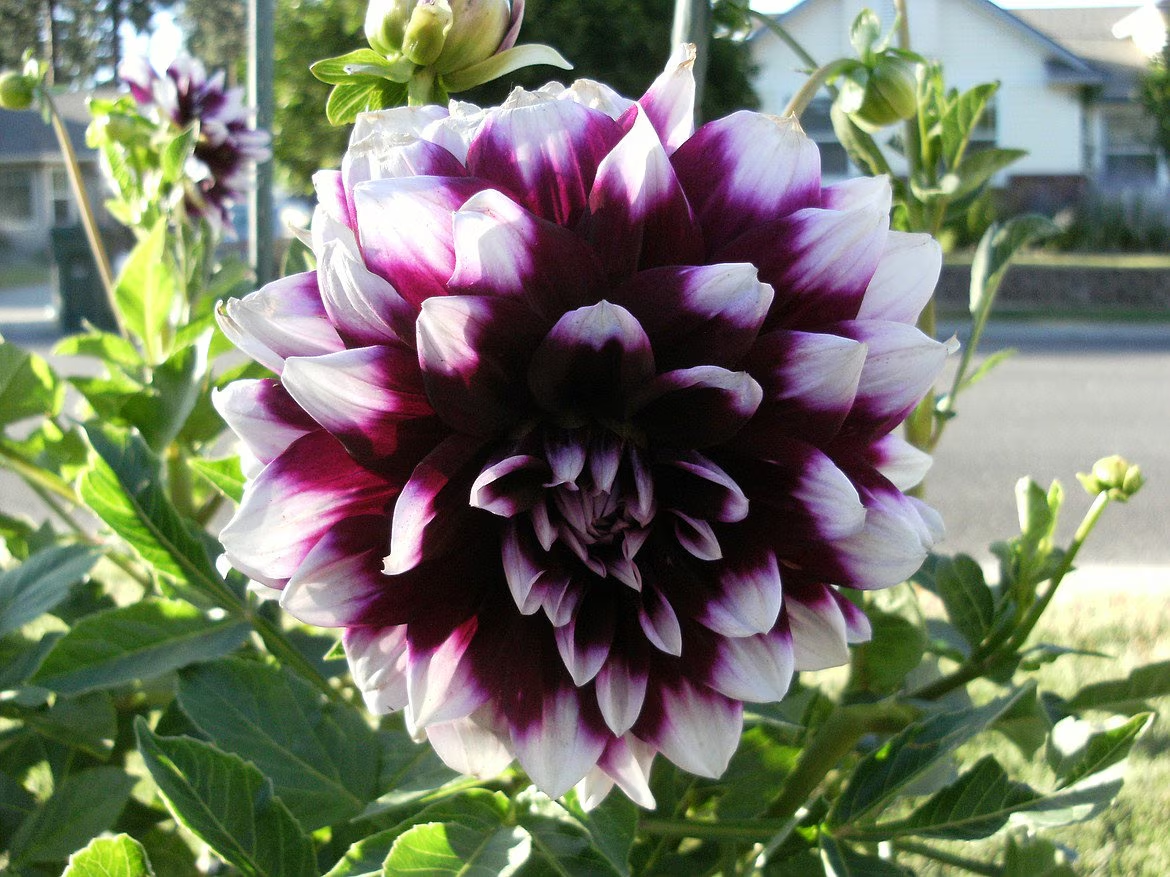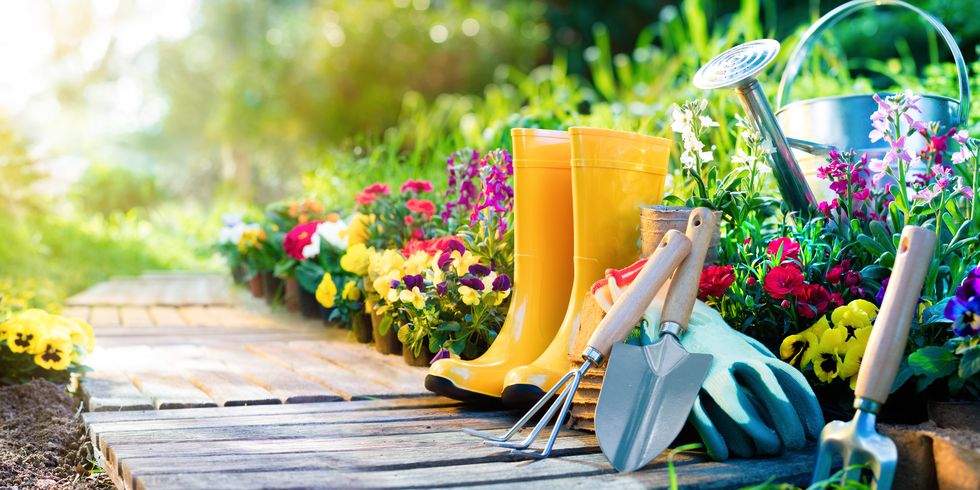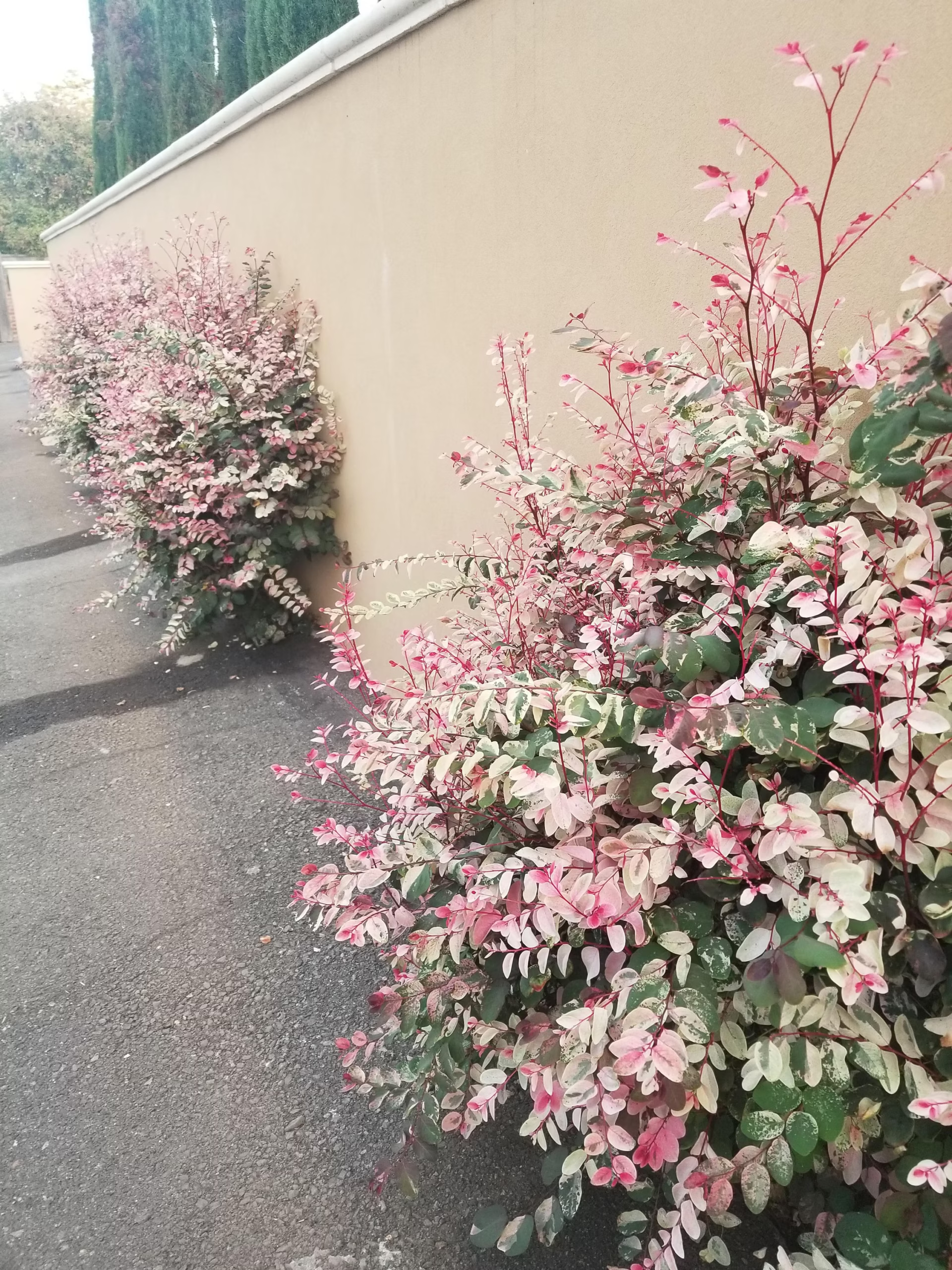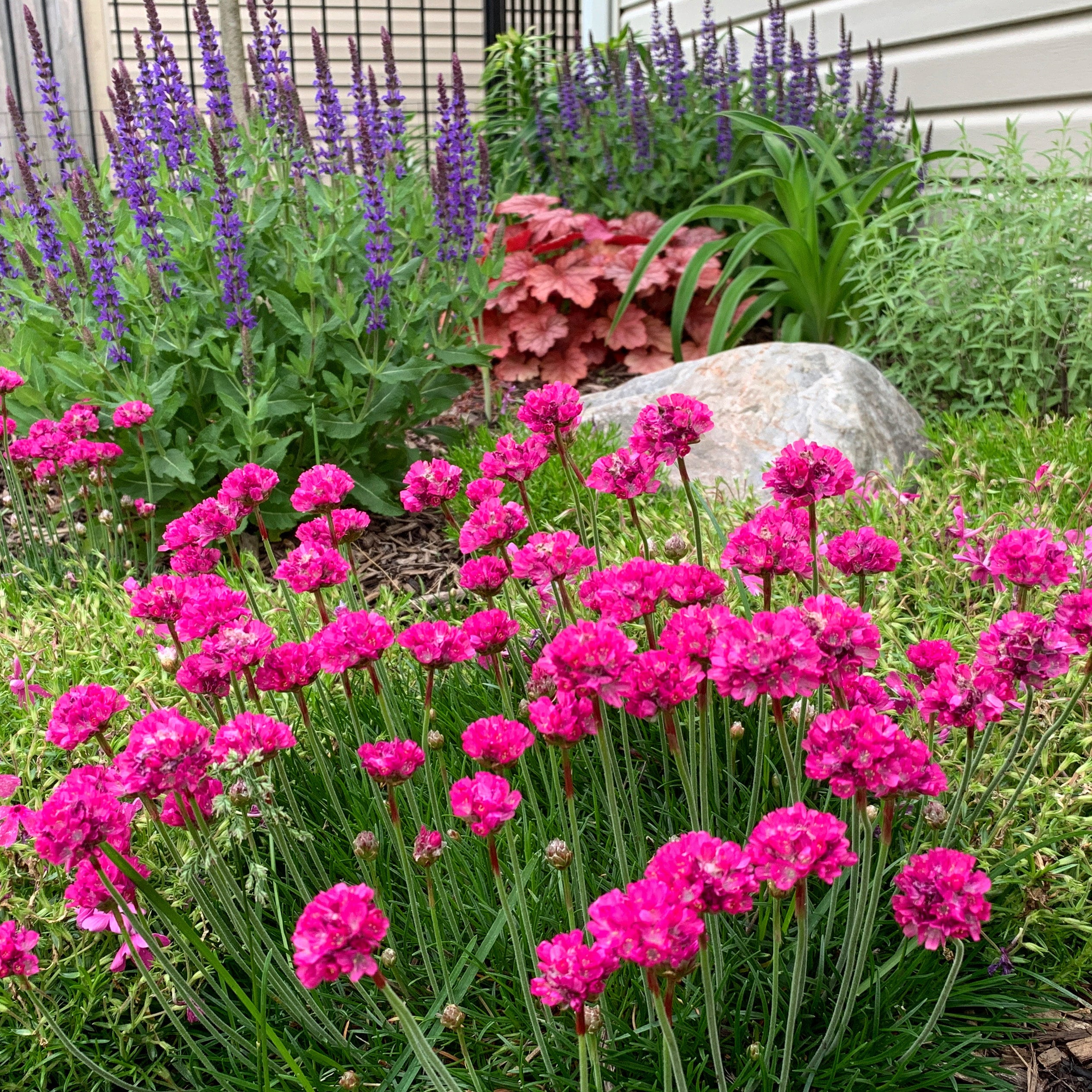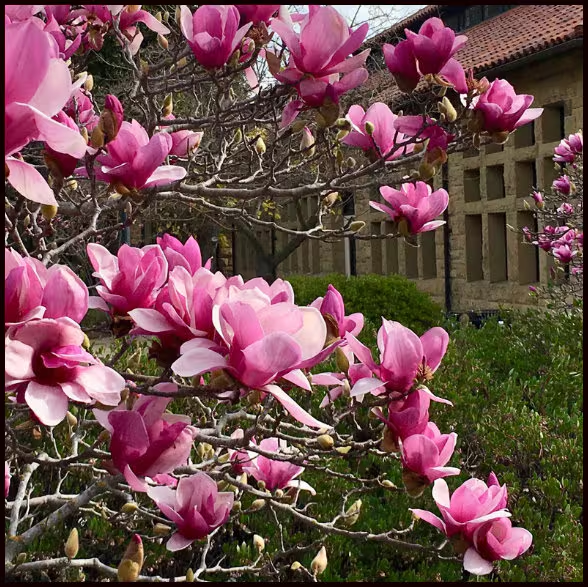Mystery Day Dahlia is a striking variety known for its large, bi-colored blooms featuring deep purple petals with crisp white tips. These showy flowers make an excellent addition to gardens and floral arrangements. Proper care ensures abundant flowering and healthy plants throughout the growing season. Below is a comprehensive guide on how to grow and maintain Mystery Day Dahlia.
1. Choosing the Right Location
Mystery Day Dahlias thrive in full sun, requiring at least 6-8 hours of direct sunlight daily. Select a location with good air circulation to prevent fungal diseases. Avoid areas with excessive wind, which can damage their tall stems.
2. Soil Requirements
- Prefers well-draining, fertile soil rich in organic matter.
- Ideal soil pH is slightly acidic to neutral (6.0-7.0).
- If the soil is heavy clay, amend it with compost and sand to improve drainage.
3. Planting Mystery Day Dahlia
- When to Plant: After the last frost when soil temperatures reach at least 60°F (16°C).
- Depth: Plant tubers 4-6 inches deep with the eye facing upward.
- Spacing: Space plants 18-24 inches apart to allow for proper growth.
- Staking: Provide support early, as these dahlias can grow 3-4 feet tall.
4. Watering and Mulching
- Water deeply 2-3 times per week, keeping the soil consistently moist but not soggy.
- Avoid overhead watering to prevent mildew and fungal issues.
- Apply a 2-3 inch mulch layer around the base to retain moisture and suppress weeds.
5. Fertilizing
- Use a low-nitrogen fertilizer (such as 5-10-10) every 2-4 weeks during the growing season.
- Avoid high-nitrogen fertilizers, as they encourage foliage growth at the expense of blooms.
- Incorporate compost or organic matter at planting for added nutrients.
6. Pruning and Deadheading
- Remove spent blooms regularly to encourage continuous flowering.
- Pinch off the top growth when the plant is 12-16 inches tall to promote bushier growth.
- Remove weak or overcrowded stems for better air circulation.
7. Common Pests and Diseases
- Aphids & Spider Mites: Treat with neem oil or insecticidal soap.
- Slugs & Snails: Use organic slug pellets or diatomaceous earth.
- Powdery Mildew: Ensure good airflow and avoid overhead watering.
- Botrytis Blight: Remove affected leaves and avoid excessive moisture.
8. Overwintering and Storage
- In warmer climates (Zones 8-11), dahlias can remain in the ground with mulch for winter protection.
- In colder climates (Zones 3-7):
- Dig up tubers after the first frost when foliage has blackened.
- Gently shake off excess soil and allow them to dry in a cool, dry place.
- Store in peat moss or sawdust in a ventilated container at 40-50°F (4-10°C).
- Check periodically for rot or dehydration.
9. Propagation
- Divide tubers in early spring before planting.
- Each division should have at least one viable eye.
- Let cut surfaces dry before planting to prevent rot.
10. Companion Planting
- Pair with marigolds, zinnias, and salvia to attract pollinators and deter pests.
- Low-growing plants can help shade the roots while adding visual contrast.
Conclusion
With its bold and dramatic blooms, Mystery Day Dahlia is a stunning addition to any garden. By providing the right sunlight, soil, watering, and overwintering care, you can enjoy its vibrant flowers year after year. Whether used in flower beds, borders, or cut flower arrangements, this dahlia variety will bring beauty and elegance to your outdoor space.
Proudly powered by WordPress

